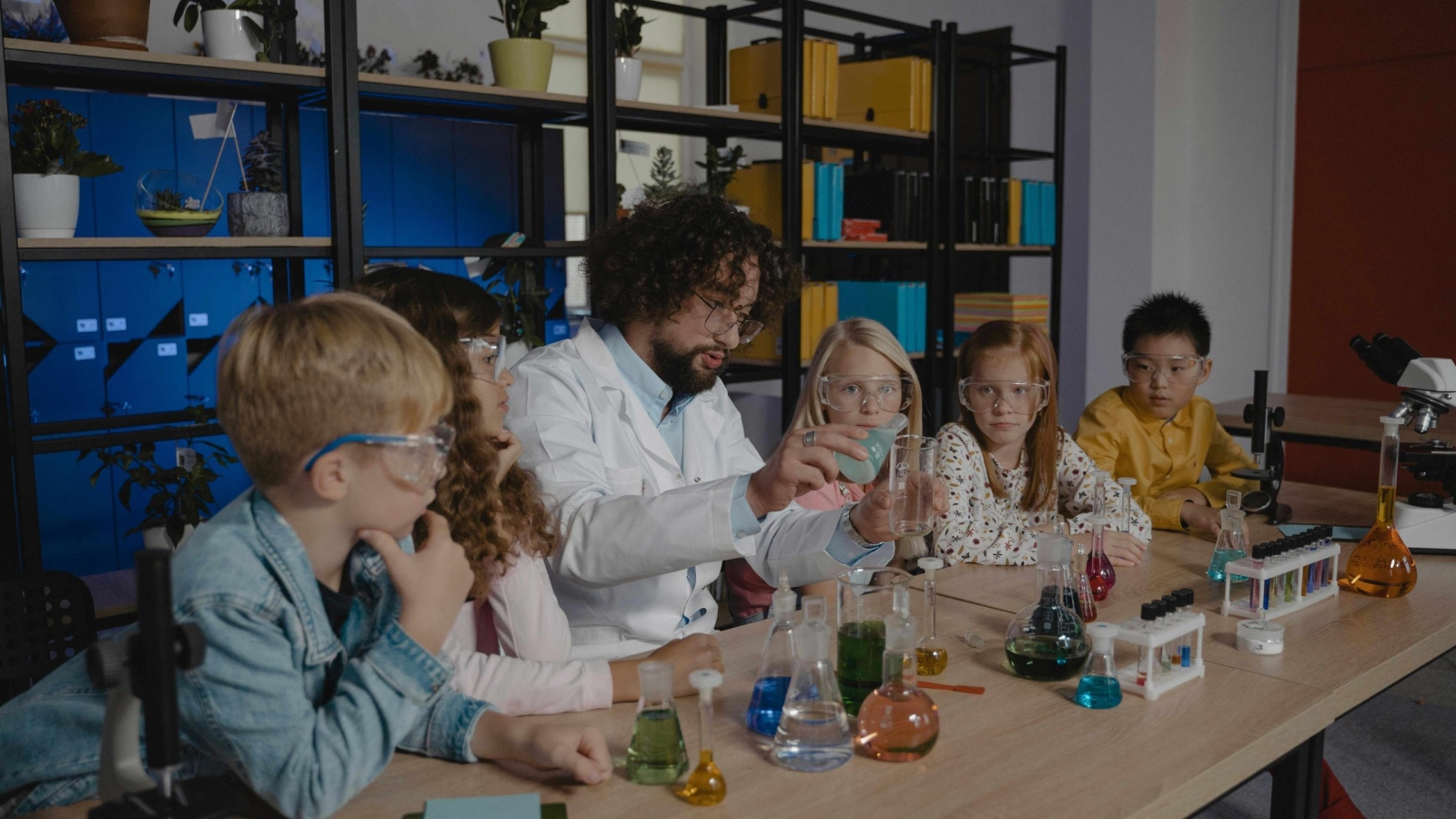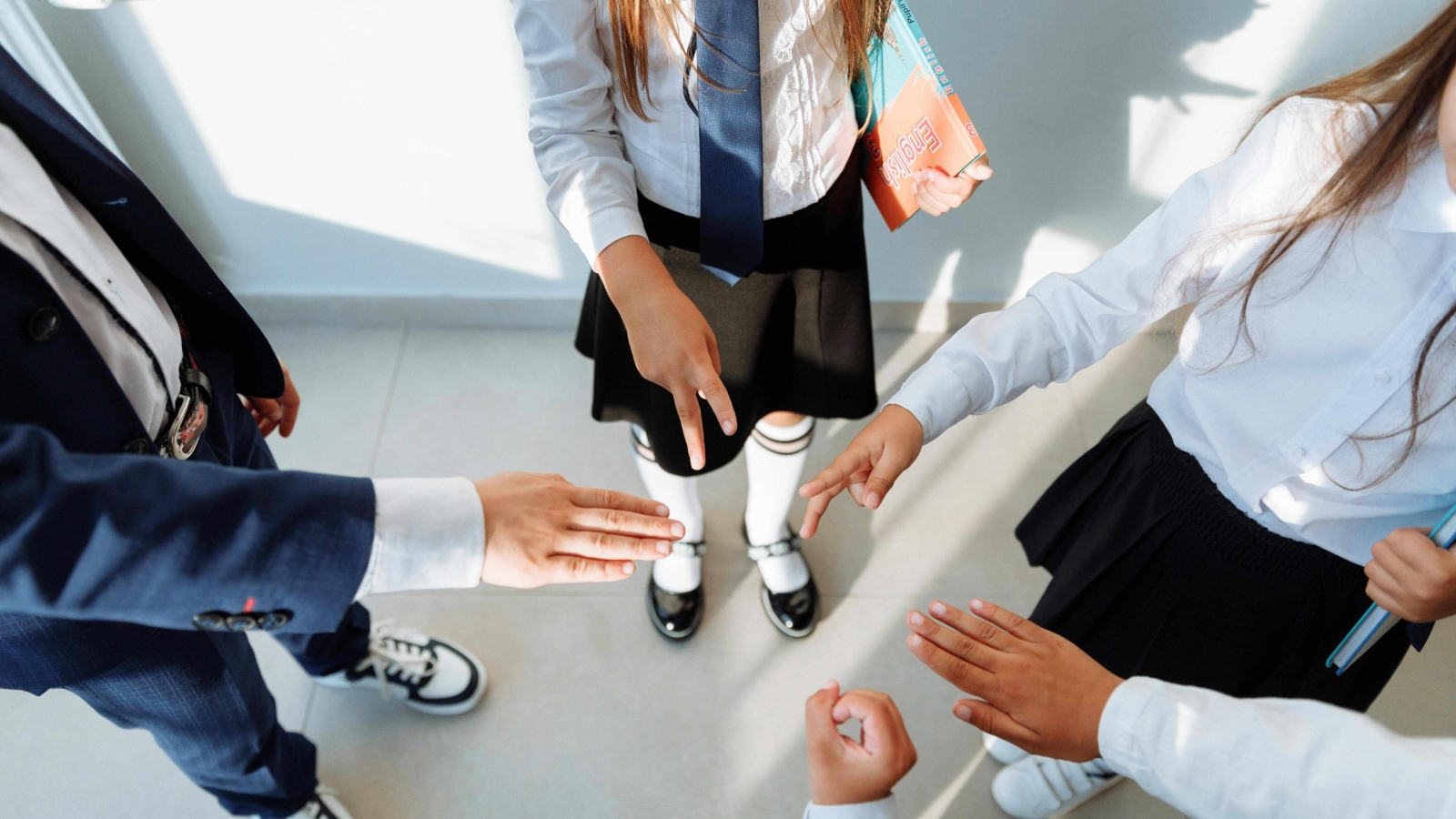Science, Technology, Engineering, and Mathematics (STEM) are essential fields that shape the future, but students often struggle to connect these subjects with real-world applications. School trips provide an exciting way to make STEM subjects come alive, offering hands-on experiences that spark curiosity and inspire future careers.
In this article, we’ll explore how school trips enhance STEM education and why they are a valuable addition to any curriculum.
1. Bringing Science to Life with Real-World Experiences
STEM learning is most effective when students can see and interact with concepts rather than just read about them. School trips provide opportunities to explore scientific principles in action.
Examples of Science-Based Field Trips:
- Planetariums and space observatories: Students can observe celestial bodies, learn about space exploration, and experience the wonders of the universe.
- Environmental research centers and nature reserves: Hands-on activities such as testing water quality, identifying plant species, and observing wildlife teach ecological concepts in an engaging way.
- Science museums and interactive exhibits: Experiments and simulations help students visualize complex scientific theories.
By connecting classroom lessons with real-world experiences, students gain a deeper understanding of scientific concepts.
2. Encouraging Problem-Solving and Critical Thinking in Engineering
Engineering is all about solving problems, and field trips provide students with the opportunity to apply engineering concepts in practical settings.
Engaging Engineering Experiences:
- Factory tours: Seeing the manufacturing process firsthand helps students understand how machines, robotics, and automation work.
- Bridges and architectural sites: Exploring how buildings and bridges are designed and constructed introduces structural engineering principles.
- STEM workshops and robotics labs: Students can participate in hands-on design challenges and coding exercises.
These experiences encourage students to think creatively, troubleshoot issues, and develop practical problem-solving skills.
3. Making Mathematics Meaningful Through Practical Applications
Mathematics is often seen as an abstract subject, but school trips can show students its real-world relevance.
Examples of Math in Action:
- Theme parks: Studying roller coaster physics and ride design introduces concepts like velocity, acceleration, and force.
- Financial institutions or business hubs: Learning about budgeting, investments, and economic trends makes math feel more practical.
- Construction sites: Measuring angles, calculating materials, and understanding geometry in real-world settings helps students grasp the importance of math in everyday life.
When students see how math is used in real-world professions, they develop a greater appreciation for its value.
4. Inspiring Future Scientists, Engineers, and Innovators
Exposure to STEM careers is a key benefit of school trips. Meeting professionals in science, technology, and engineering fields allows students to envision themselves in these roles.
STEM Career-Focused Field Trips:
- Research laboratories: Seeing scientists conduct experiments and analyze data provides insight into careers in biotechnology, chemistry, and physics.
- Technology companies: Learning about software development, cybersecurity, and artificial intelligence inspires students interested in tech careers.
- Medical and health science institutions: Visits to hospitals, medical schools, and research centers introduce students to careers in healthcare and medical innovation.
These experiences help students connect STEM subjects with potential career paths, motivating them to pursue further studies in these fields.
5. Building Collaboration and Teamwork Skills
Many STEM challenges require teamwork, and field trips provide excellent opportunities for students to work together on hands-on projects.
Examples of Collaborative STEM Activities:
- Building and launching model rockets
- Solving engineering challenges in team-based competitions
- Participating in interactive science experiments
By working together, students develop communication, leadership, and problem-solving skills—essential qualities for success in STEM careers.
Conclusion: The Lasting Impact of STEM-Focused School Trips
STEM-focused school trips offer more than just a day away from the classroom—they provide invaluable learning experiences that ignite curiosity, reinforce classroom lessons, and inspire future innovators. By immersing students in real-world STEM applications, these trips make science, technology, engineering, and math more engaging and meaningful.
For schools looking to organize STEM-focused educational trips, OEEA offers expert planning services. Visit OEEA.co.za to explore exciting school trip options designed to enrich STEM learning! 🚀










